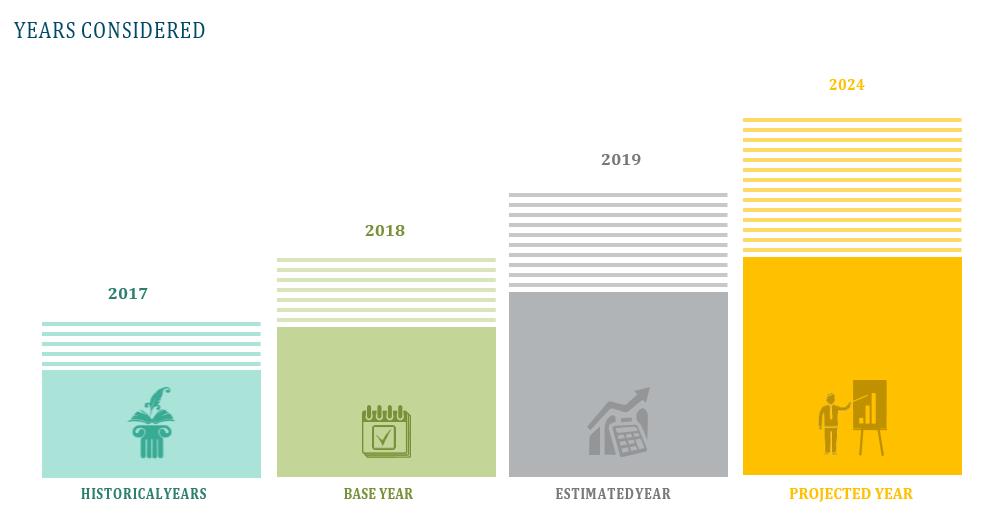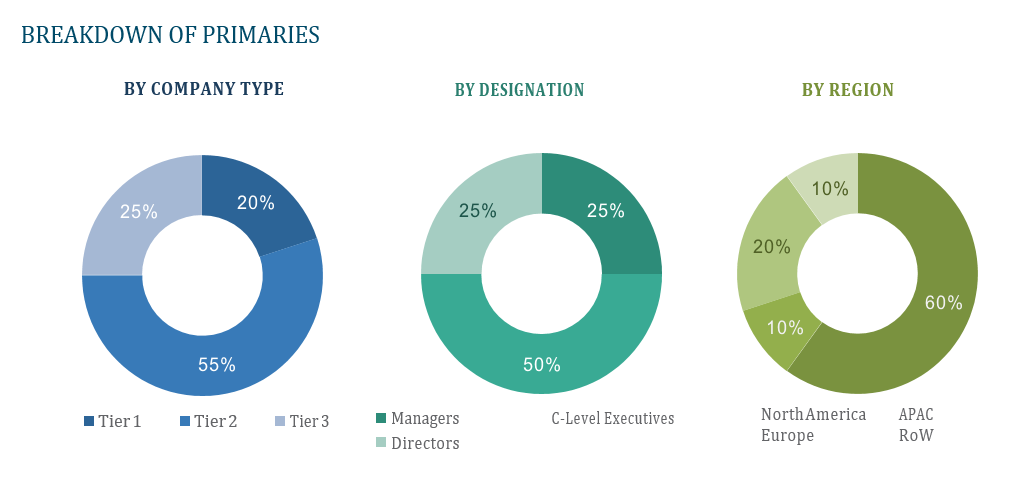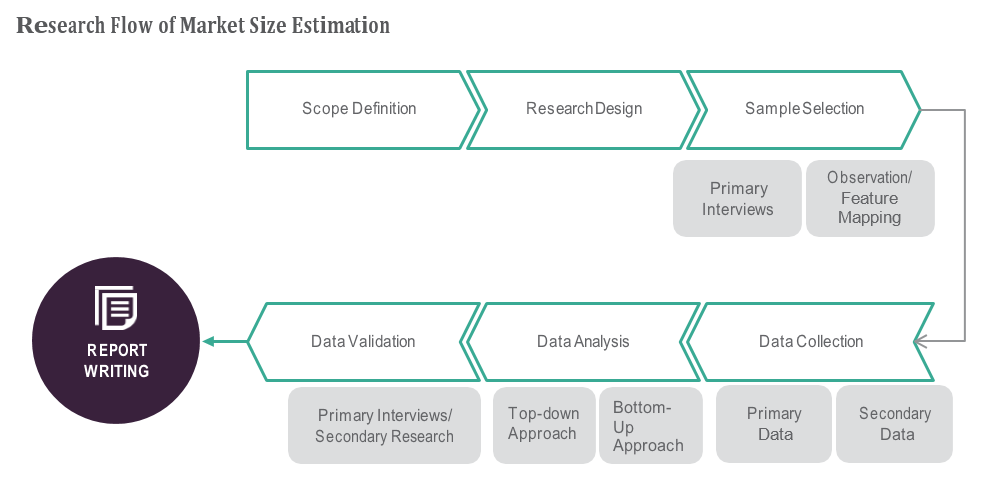OVERVIEW
The Smart Home market is expected to be USD 150.2 billion by 2024, rising at a CAGR of 12.02% during the forecast period. Some of the system’s growth is driven by a variety of factors, such as a large base of internet users and increased acceptance of smart devices, increased awareness of wellness and healthy lifestyles, high value of remote home monitoring, and increased energy-saving and low-carbon solutions.








TABLE OF CONTENT
1 Global Smart Home Market
1.1 Study Objectives
1.2 Market Definition
1.3 Study Scope
1.3.1 Markets Covered
1.3.2 Geographic Scope
2 RESEARCH METHODOLOGY
2.1 Research Data
2.1.1 Secondary Data
2.1.1.1 Key Data From Secondary Sources
2.1.2 Primary Data
2.1.2.1 Key Data From Primary Sources
2.1.2.2 Key Industry Insights
2.1.2.3 Breakdown of Primaries
2.2 Market Size Estimation
2.2.1 Bottom-Up Approach
2.2.2 Top-Down Approach
2.3 Market Breakdown and Data Triangulation
2.4 Research Assumptions
3 Global Smart Home Market – Executive Summary
3.1 Market Revenue, Market Size and Key Trends by Company
3.2 Key Trends By Component of Application
3.3 Key Trends segmented by Geography
4 Global Smart Home Market – Comparative Analysis
4.1 Product Benchmarking – Top 10 companies
4.2 Top 5 Financials Analysis
4.3 Market Value split by Top 10 companies
4.4 Patent Analysis – Top 10 companies
4.5 Pricing Analysis
5 Global Smart Home Market – Industry Market Entry Scenario
5.1 Regulatory Framework Overview
5.2 New Business and Ease of Doing business index
5.3 Case studies of successful ventures
5.4 Customer Analysis – Top 10 companies
6 Global Smart Home Market – Market Forces
6.1 Introduction
6.2 Market Dynamics
6.2.1 Drivers
6.2.2 Opportunities
6.2.3 Challenges
6.3 Porters Analysis of Market
6.3.1 Bargaining power of suppliers
6.3.2 Bargaining powers of customers
6.3.3 Threat of new entrants
6.3.4 Rivalry among existing players
6.3.5 Threat of substitutes
7 Global Smart Home Market – Strategic Analysis
7.1 Value Chain analysis
7.2 Product Life Cycle
7.3 Supplier and distributor analysis (Market share and product dealing strategies)
8 Global Smart Home Market – By Product (Market Size – & million/billion)
8.1 Lighting Control
8.2 Security and Access Control
8.3 HVAC Control
8.4 Entertainment and Other Controls
8.5 Home Healthcare
8.6 Smart Kitchen
8.7 Smart Furniture
8.8 Others
9 Global Smart Home Market – By Software and Service
9.1 Proactive
9.2 Behavioral
10 Global Smart Home Market – By Geography (Market Size – &million/billion)
10.1 Introduction
10.2 North America
10.2.1 US
10.2.2 Canada
10.2.3 Mexico
10.3 Europe
10.3.1 U.K
10.3.2 Germany
10.3.3 Italy
10.3.4 France
10.3.5 Spain
10.3.6 Rest of Europe
10.4 Asia-Pacific
10.4.1 China
10.4.2 Japan
10.4.3 India
10.4.4 South Korea
10.4.5 Rest of APAC
10.5 Rest of the World
10.5.1 South America
10.5.2 Middle East
10.5.3 Africa
11 Global Smart Home Market – Entropy
11.1 New product launches
11.2 M&A’s, collaborations, JVs and partnerships
12 Global Smart Home Market Company Profile (Key Players)
12.1 Market Share, Company Revenue, Products, M&A, Developments
12.2 Honeywell International
12.3 Johnson Controls International
12.4 Siemens
12.5 Schneider
12.6 Amazon Inc
12.7 United Technologies Corporation
12.8 Google
12.9 ADT
12.10 Assa Abloy
12.11 Apple Inc
12.12 Company 11 & more
13 Global Smart Home Market – Appendix
13.1 Sources
13.2 Abbreviations










